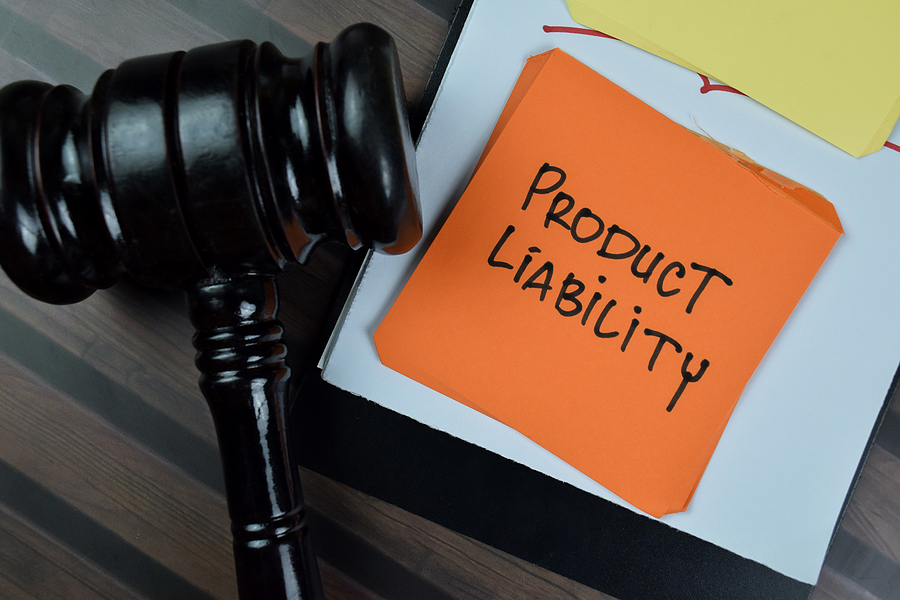Every day, we rely on countless products to make our lives more convenient, enjoyable, and safe. From household appliances and vehicles to children’s toys and personal electronics, the products we use are expected to meet certain safety standards. However, when a product is defective, it can pose serious risks to consumers, sometimes leading to injuries or even fatalities. Understanding the causes of defective products, their potential impacts, and how to protect yourself is crucial for ensuring safety and holding manufacturers accountable.
What Are Defective Products?
A defective product is one that fails to function as intended due to flaws in its design, manufacturing, or labeling. These flaws can render the product unsafe for use, leading to accidents or injuries. Defective products typically fall into one of three categories:
- Design Defects: These are inherent flaws in the product’s design, making it dangerous even before manufacturing begins. For example, a poorly designed car seat that fails to secure a child properly during a collision is a design defect.
- Manufacturing Defects: These occur during the production process. A manufacturing defect might involve the use of substandard materials, faulty assembly, or inadequate quality control. An example is a bicycle with a poorly welded frame that breaks under normal use.
- Marketing Defects: Also known as failure-to-warn defects, these involve inadequate instructions, missing safety warnings, or misleading labels. For instance, a household cleaner lacking clear warnings about toxic fumes can cause serious harm.
Common Injuries Caused by Defective Products
Defective products can lead to a wide range of injuries, depending on their type and intended use. Common injuries include:
- Burns from faulty electrical appliances or flammable materials.
- Lacerations from sharp edges or broken components.
- Fractures and bruises caused by structural failures, such as collapsing furniture.
- Poisoning or chemical burns from mislabeled or improperly sealed substances.
- Suffocation or choking hazards from toys with small detachable parts.
In severe cases, defective products can cause permanent disabilities or fatalities, significantly affecting victims and their families.
Who Is Responsible for Defective Products?
When a defective product causes harm, several parties in the supply chain may be held accountable, including:
- Manufacturers: They bear primary responsibility for ensuring products are safe and meet quality standards.
- Distributors: Wholesalers and retailers may also share liability if they knowingly sell defective products or fail to address safety recalls.
- Designers: In cases of design defects, the designers may be held responsible for their role in creating unsafe products.
Protecting Yourself from Defective Products
While it’s impossible to eliminate all risks, consumers can take several steps to reduce their exposure to defective products:
- Research Before Purchase: Read reviews, check safety ratings, and verify certifications before buying products, especially those related to health, safety, or children.
- Register Products: Many manufacturers offer product registration for warranties and safety recalls. Registering your product ensures you’ll be notified in case of a recall.
- Follow Instructions: Always use products as directed and heed safety warnings provided in manuals or labels.
- Monitor Recalls: Keep an eye on recall announcements from agencies like the U.S. Consumer Product Safety Commission (CPSC) or equivalent bodies in your country.
- Report Issues: If you encounter a defective product, report it to the manufacturer and relevant safety agencies to help prevent harm to others.

